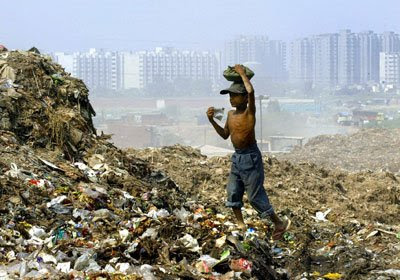Waste-to-Energy in India
The waste-to-energy industry in India has massive potential as there are more than 370 million urban residents in India generating thousands and thousands of tons of waste every day. Most of this waste is dumped on waste sites which are groaning under the weight of millions of tons of waste. Recently a dumping site in India’s capital saw a “waste slide” resulting in the death of a couple of people. Another incident involved a waste site catching fire resulting in increased pollution. However, despite the pressing need for waste solutions, the industry still remains in a 19th-century state. Most modern economies have solved the problem of waste through recycling, composting, generation of energy etc. but India continues to create an unsustainable problem as the dumping grounds are filled with more and more waste every day.
Also, read Will Waste to Energy in India see a Boom similar to Solar Energy with 72 million tons of daily waste
While the government has tried to bring policies to encourage waste-to-energy, they have remained non-starters with poor implementation by the cities. The governance structure of the cities is perhaps the worst amongst the various levels of the government. The municipal corporations are the most inefficient and corrupt organizations without much capacity in terms of personnel and technology. They are also underfunded and do not have a clue on how to solve the increasing problems of urbanization in India. Most cities suffer from problems in traffic, firefighting, safety etc. with only piecemeal solutions being implemented. Reforming the municipal administration should be a key issue for the government of the day, failing which most of India’s economy centered on the cities will come to a halt.
India has only 5-6 WTE plants functioning when it could easily do with 100 plants given the number of cities that it has. While some states such as Andhra Pradesh has planned a number of WTE plants and a policy, other states remain in a state of limbo. One of the biggest problems with WTE plants and their failure in India is that there is no segregation of waste at the source. Both wet and dry waste are mixed together which makes it difficult to operate the WTE plants. There is no rule on making it mandatory for citizens to separate the waste.
You might also like Why Waste Management Is A Good Investment
The other problem is that nobody wants to pay for the waste to be processed. The WTE plants cannot be commercially run through sales of power as it just one aspect of revenue generation. The major portion will come from the processing of waste which is to be provided to waste processors in the form of tipping fees. With the price of building a WTE plant being much higher than that of a normal power plant, the government cannot expect the WTE plant to run just based on the power sold.
Google+


